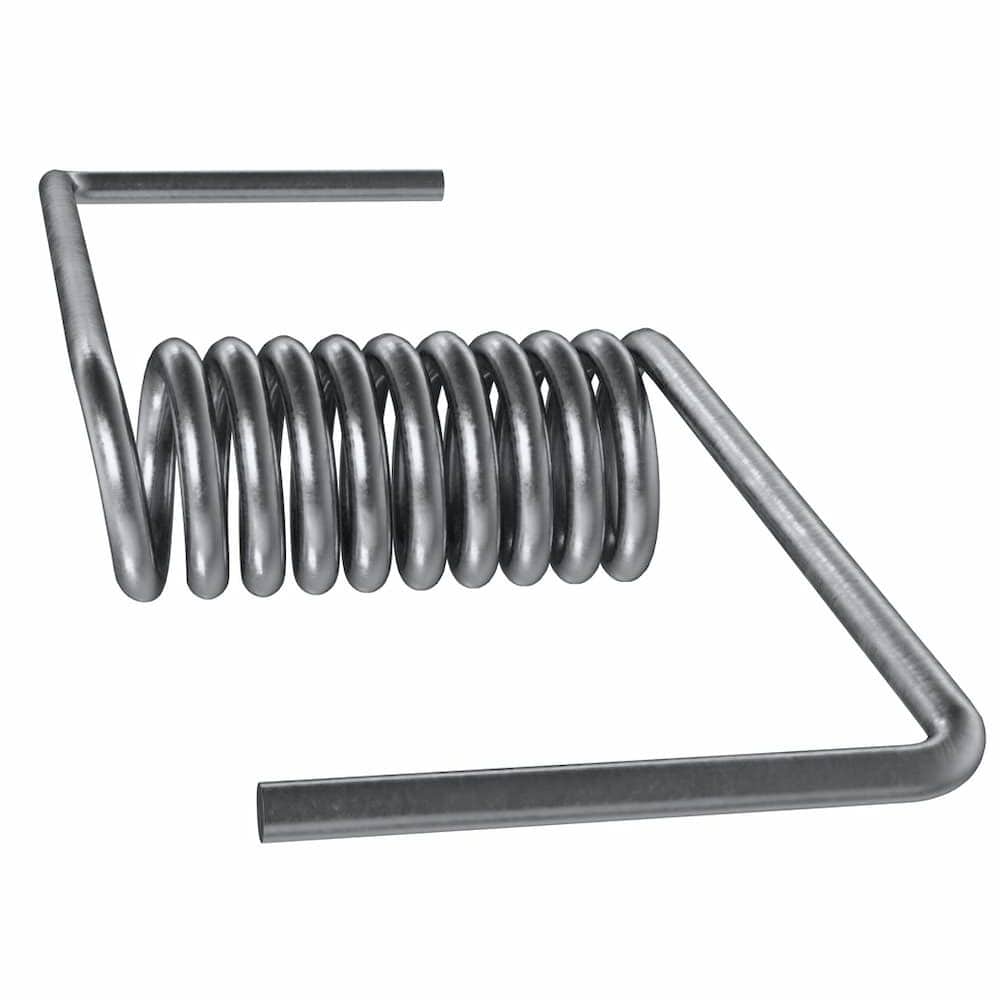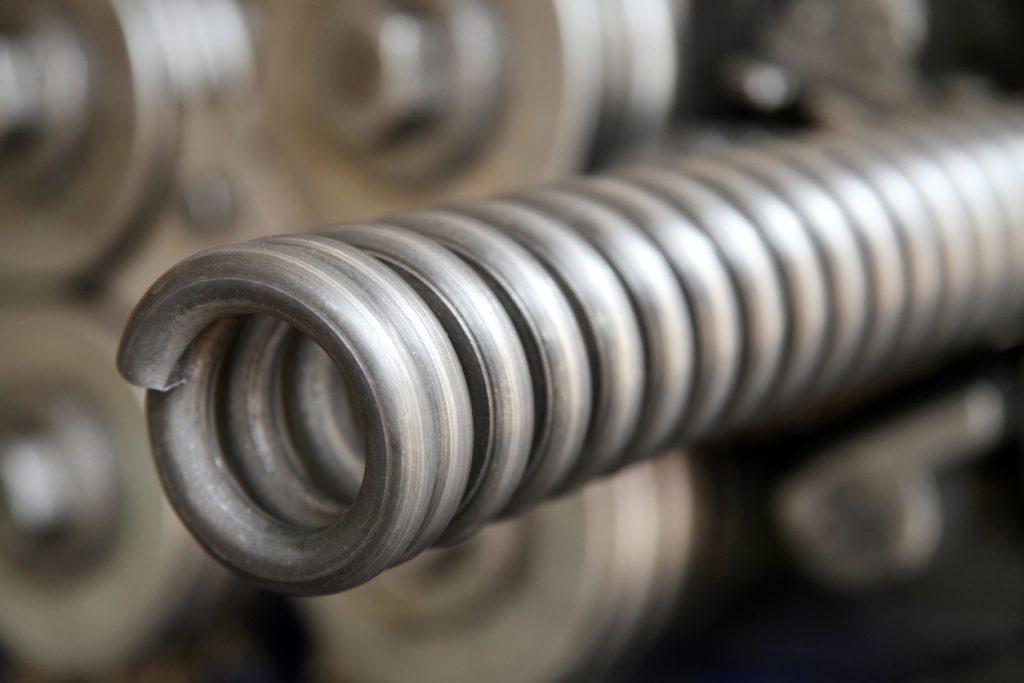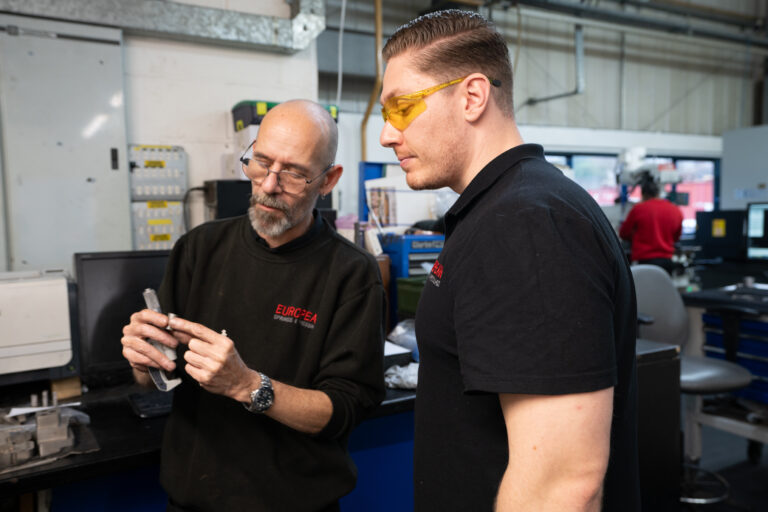
What Makes a Torsion Spring Unique?
Torsion springs are one of many different designs of spring. In addition, there are many other spring models throughout the

Torsion springs are one of many different designs of spring. In addition, there are many other spring models throughout the

Broken or failed equipment, tools, or components can significantly affect your production line and efficiency, especially if the same issue

Technology is constantly evolving, particularly in the manufacturing industry. Industry professionals and tech experts regularly find new and innovative

With 5G set to revolutionise the manufacturing industry, there is much speculation on the importance of manufacturers adopting the technology

The decline of our planet’s overall health and sustainability is a growing problem, and many businesses ask themselves whether they

People may not notice just how much of a role springs play in our day-to-day lives. Everything from your coffee

The world of engineering has impacted the way we work in our everyday lives. Everything we take for granted was

There’s no argument that springs are everywhere; they play a major role in many items we use on an everyday

Updated in June 2024 Constant-force springs are a particular spring type characterised by the remarkable ability to provide a steady

And even if we don’t have exactly the tool we need, European Springs’ in house technology enables us rapidly to design and make complex tools, allowing us to offer more competitive prices.



© Copyright 2025 | European Springs
Designed, Promoted and Powered by SQ Digital